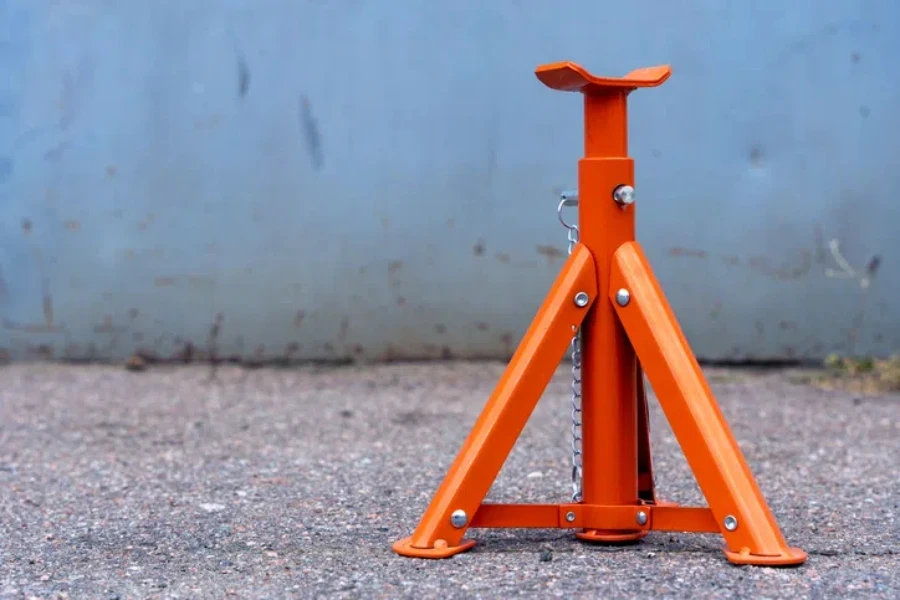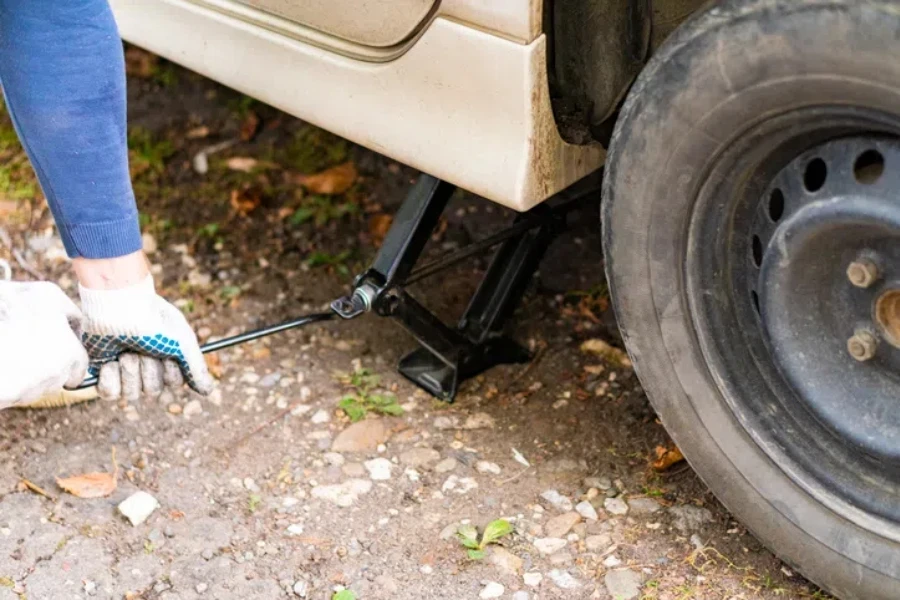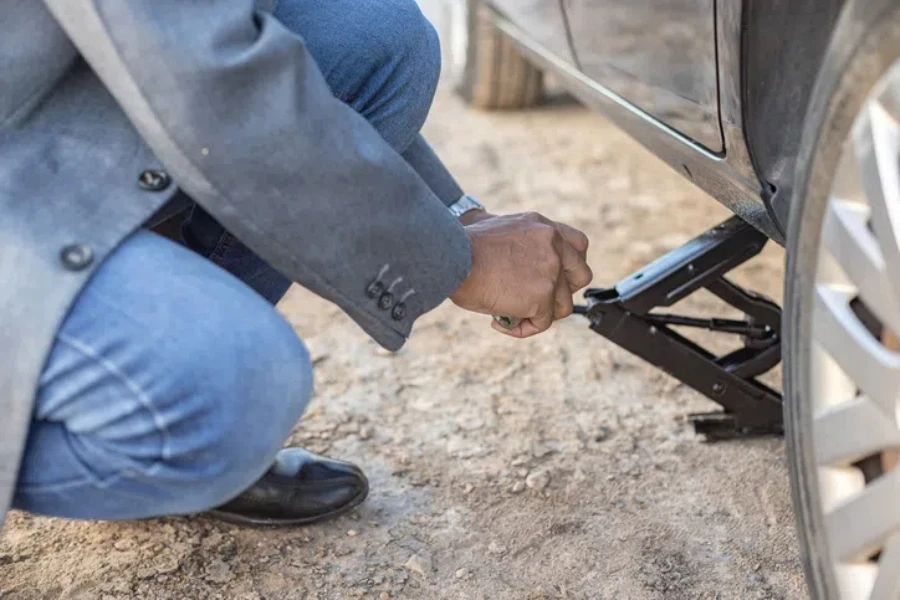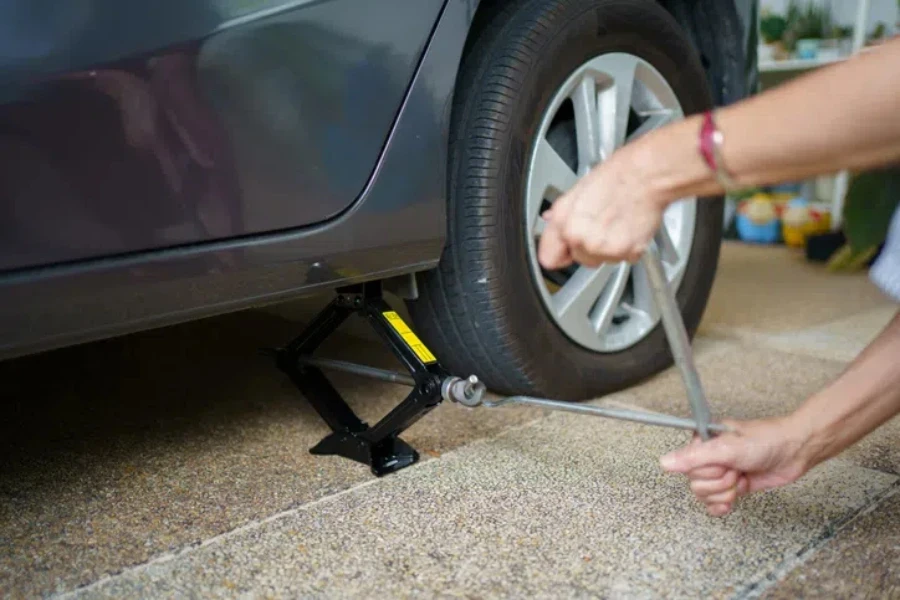When it comes to vehicle maintenance and repair, having the right tools at your disposal is crucial. Among these, transmission jacks are indispensable for both professionals and DIY enthusiasts. This guide delves into the essentials of transmission jacks, covering everything from their types to safety considerations. Whether you’re looking to purchase one or simply seeking to expand your knowledge, this article will equip you with the information you need.
Table of Contents:
– What are transmission jacks?
– Types of transmission jacks
– Key features to consider
– Safety tips for using transmission jacks
– Maintenance and care for transmission jacks
What are transmission jacks?

Transmission jacks are specialized tools designed to assist in the removal, installation, or transportation of the transmission systems within vehicles. Unlike standard floor jacks, these are specifically engineered to handle the size, shape, and weight of vehicle transmissions. Their use not only enhances safety during the repair process but also significantly reduces the physical strain on the technician.
The importance of transmission jacks in automotive repair cannot be overstated. They provide the precision and stability required when working with complex components. Without them, the risk of damage to the transmission or injury to the person increases substantially.
Understanding the role of transmission jacks in vehicle maintenance illuminates the necessity of choosing the right type for the job. It’s not just about lifting; it’s about ensuring the task is done efficiently and safely.
Types of transmission jacks

Transmission jacks come in various designs, each suited to different types of tasks and vehicles. The most common types are floor transmission jacks and telescopic transmission jacks.
Floor transmission jacks are robust and offer a stable platform for working on vehicles that are lifted significantly off the ground. They’re ideal for garage settings where heavy-duty tasks are performed.
Telescopic transmission jacks, on the other hand, feature a more compact design and a vertical lifting mechanism. This makes them perfect for situations where space is limited, such as in residential garages or for roadside repairs.
Selecting the right type of transmission jack depends on the specific needs of the task at hand. Considerations include the weight of the transmission, the height to which it needs to be lifted, and the available workspace.
Key features to consider

When choosing a transmission jack, several key features should be taken into account to ensure it meets your needs. Load capacity is paramount; the jack must be able to support the weight of the transmission you intend to lift. Stability is another critical factor, as a stable jack reduces the risk of accidents.
Ease of use is also important. Look for a jack with smooth hydraulic lifting and lowering mechanisms, as well as one that offers precise control over the movement of the transmission. Additionally, adjustable head brackets can greatly enhance the versatility of the jack, allowing it to accommodate transmissions of various sizes and shapes.
Considering these features will help you select a transmission jack that is not only effective but also safe and easy to use.
Safety tips for using transmission jacks

Safety should always be a top priority when using transmission jacks. Before operation, ensure the jack is positioned on a stable and level surface to prevent tipping. Always adhere to the manufacturer’s load capacity guidelines to avoid overloading the jack, which can lead to failure and potential injury.
Wearing appropriate personal protective equipment, such as safety glasses and gloves, is also advisable. Moreover, never place any part of your body under the transmission or vehicle while it is supported only by a jack. Use jack stands or other support mechanisms to secure the vehicle in place.
By following these safety tips, you can minimize the risks associated with using transmission jacks and protect yourself and others in the workspace.
Maintenance and care for transmission jacks

Proper maintenance and care are essential for ensuring the longevity and reliability of your transmission jack. Regularly inspect the jack for signs of wear or damage, such as hydraulic fluid leaks or compromised structural integrity. Clean the jack after each use to prevent the accumulation of dirt and debris, which can affect its performance.
It’s also important to periodically check the hydraulic fluid level and top it up if necessary. Following the manufacturer’s guidelines for maintenance will help keep your transmission jack in optimal condition.
By taking good care of your transmission jack, you can ensure it remains a reliable and valuable tool in your automotive repair arsenal for years to come.
Conclusion:
Transmission jacks play a pivotal role in vehicle maintenance, offering the strength, precision, and safety needed when working with transmissions. Understanding the different types, key features, and safety considerations is crucial for anyone looking to use or purchase a transmission jack. With the right care and maintenance, these tools can provide invaluable assistance in automotive repair tasks, making them a wise investment for professionals and DIY enthusiasts alike.



